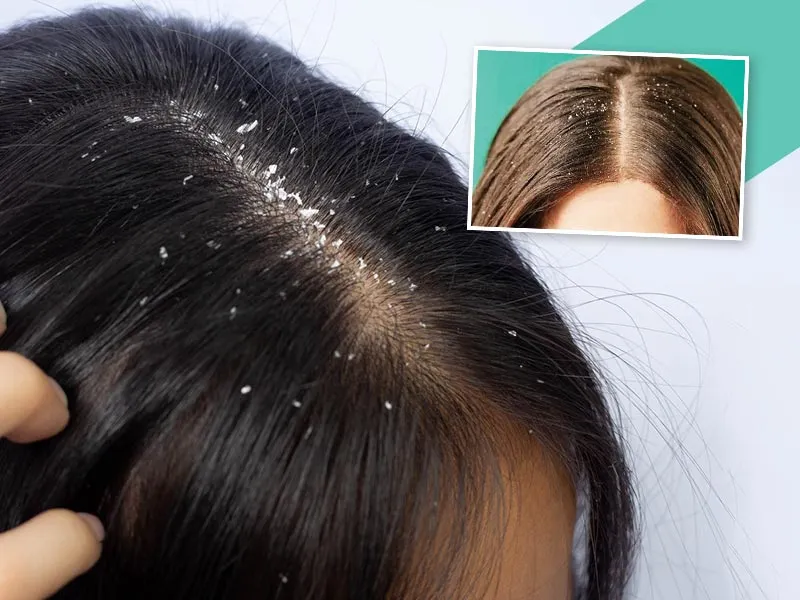
In a world where beauty and wellness trends spread like wildfire on social media, it’s easy to be swept up by the latest miracle hair products. Dandruff-free shampoos are often among the top sellers, with promises of a flake-free scalp, long-lasting freshness, and nourishing ingredients. But do these products really deliver?
Table of Content:-
To dive into the science behind dandruff-free shampoos and whether Instagram hype aligns with reality, we spoke to our expert Dr Sanjeev Gulati, Department of Dermatology, Sharda Hospital. Here is what he shared with us.

What Causes Dandruff?
According to the Mayo Clinic, dandruff is caused by several factors, the most common of which is a yeast-like fungus called Malassezia. This fungus is naturally present on the scalp and feeds on the oils produced by hair follicles. For some people, Malassezia triggers an inflammatory response, leading to the itchy, flaky scalp we know as dandruff. Other causes include dry skin, certain skin conditions (like eczema or psoriasis), or even product buildup from hair care routines.
"Addressing dandruff isn’t as simple as just cleansing with a regular shampoo. Anti-dandruff shampoos typically contain active ingredients designed to tackle Malassezia or reduce inflammation on the scalp," Dr Gulati explained. So, where do Instagram-advertised dandruff-free shampoos come in?

Also Read: FDA Issues New Warning For Popular Weight Loss Drugs—Here's What You Need To Know
Key Ingredients to Look for in Dandruff-Free Shampoos
To work effectively, a dandruff-free shampoo must contain ingredients that target the underlying causes of dandruff, not just mask the symptoms. Here are some commonly used, clinically backed ingredients to look for:
- Zinc pyrithione
- Ketoconazole
- Salicylic acid
- Tea tree oil
- Coal tar
Do Social Media Shampoos Stand Up to These Standards?
Dr Gulati revealed that while many Instagram shampoos are marketed as dandruff-free, few contain the active ingredients necessary to truly combat dandruff. Instead, they often focus on providing a deep cleanse, temporary hydration, or pleasant fragrance. Without antifungal or anti-inflammatory components, however, these shampoos may only offer a short-term solution and, in some cases, can even aggravate dandruff due to heavy fragrances or harsh cleansers that strip the scalp of natural oils, prompting it to produce more oil in response.
Also Read: Instagram Leads or Misleads: Can Coconut Actually Help with Weight Loss? Expert Debunks Myth
How to Make the Right Choice for a Dandruff-Free Scalp
When choosing a dandruff-free shampoo, it’s important to look beyond marketing and check the ingredient list for proven, effective ingredients. If you experience persistent dandruff, opt for products with active ingredients like zinc pyrithione, salicylic acid, or ketoconazole rather than trending Instagram brands that focus on superficial fixes.
And remember, if dandruff remains persistent or worsens, consult a dermatologist who can help you identify the cause and recommend a tailored treatment. In many cases, a medicated shampoo might be the best option for truly long-lasting relief.
Final Thoughts
While Instagram can be a great source of inspiration, dandruff-free shampoos require more than hype to be effective. By focusing on clinically backed ingredients and realistic results, you can achieve a healthier scalp without falling victim to misleading marketing claims. So, before hitting ‘buy’ on that shampoo in your cart, consider if it truly addresses your needs.
Also watch this video
How we keep this article up to date:
We work with experts and keep a close eye on the latest in health and wellness. Whenever there is a new research or helpful information, we update our articles with accurate and useful advice.
Current Version